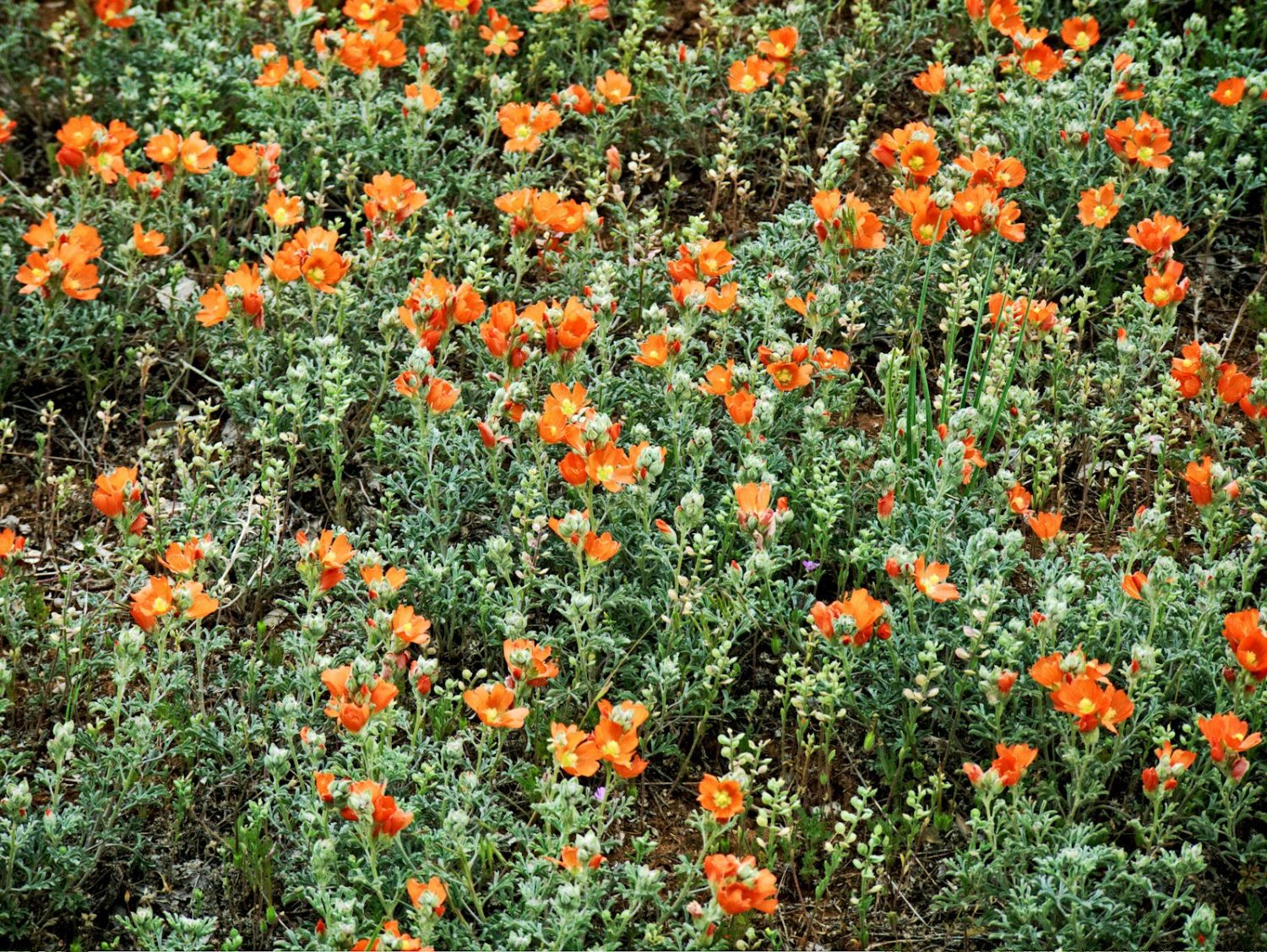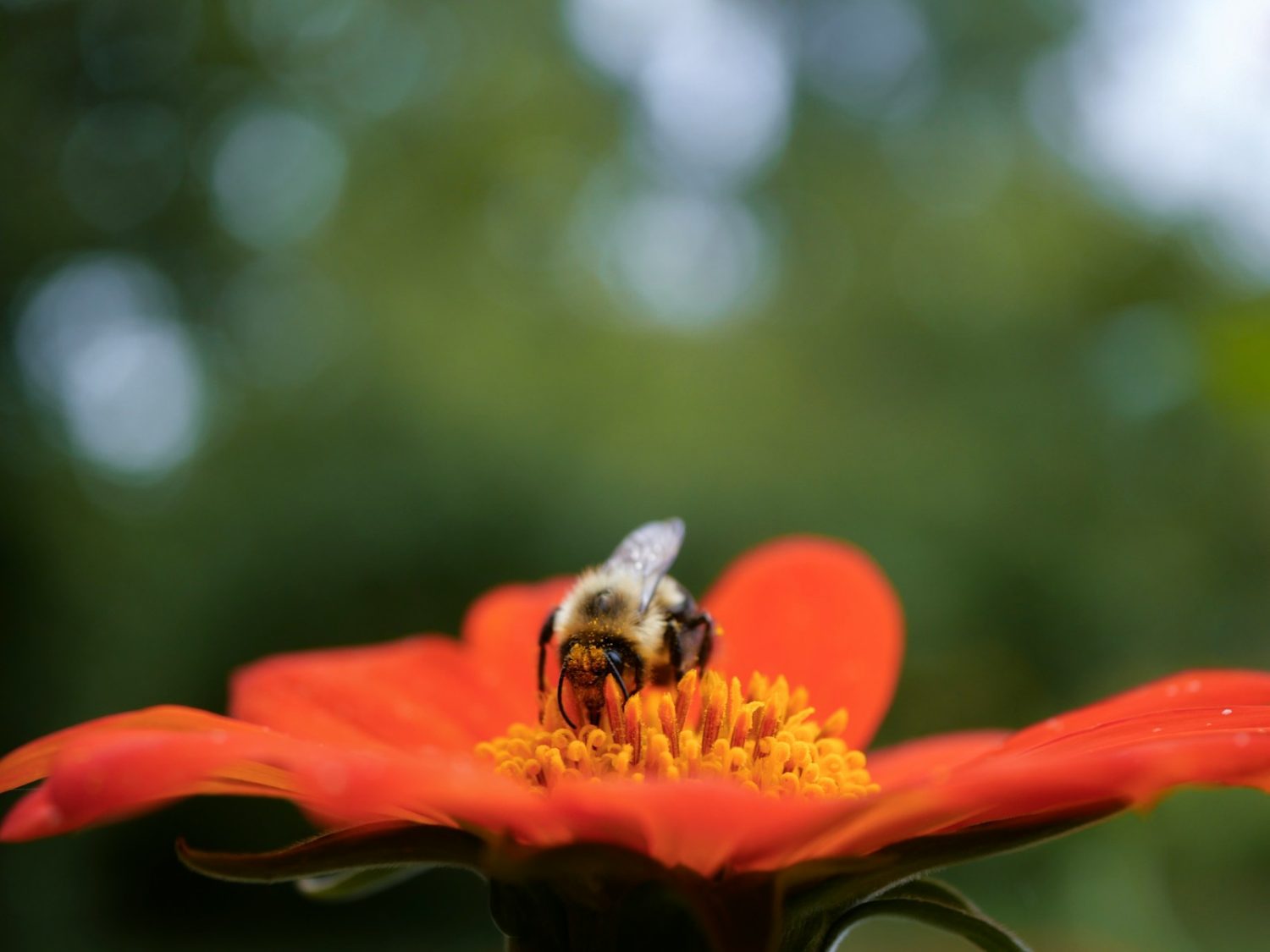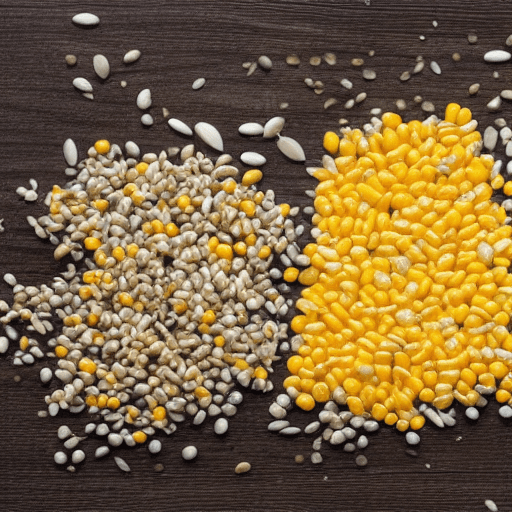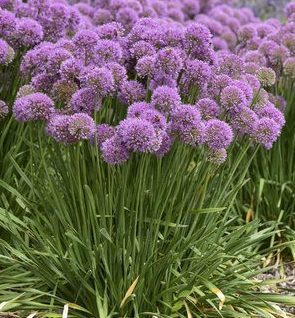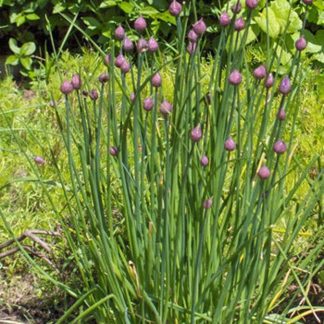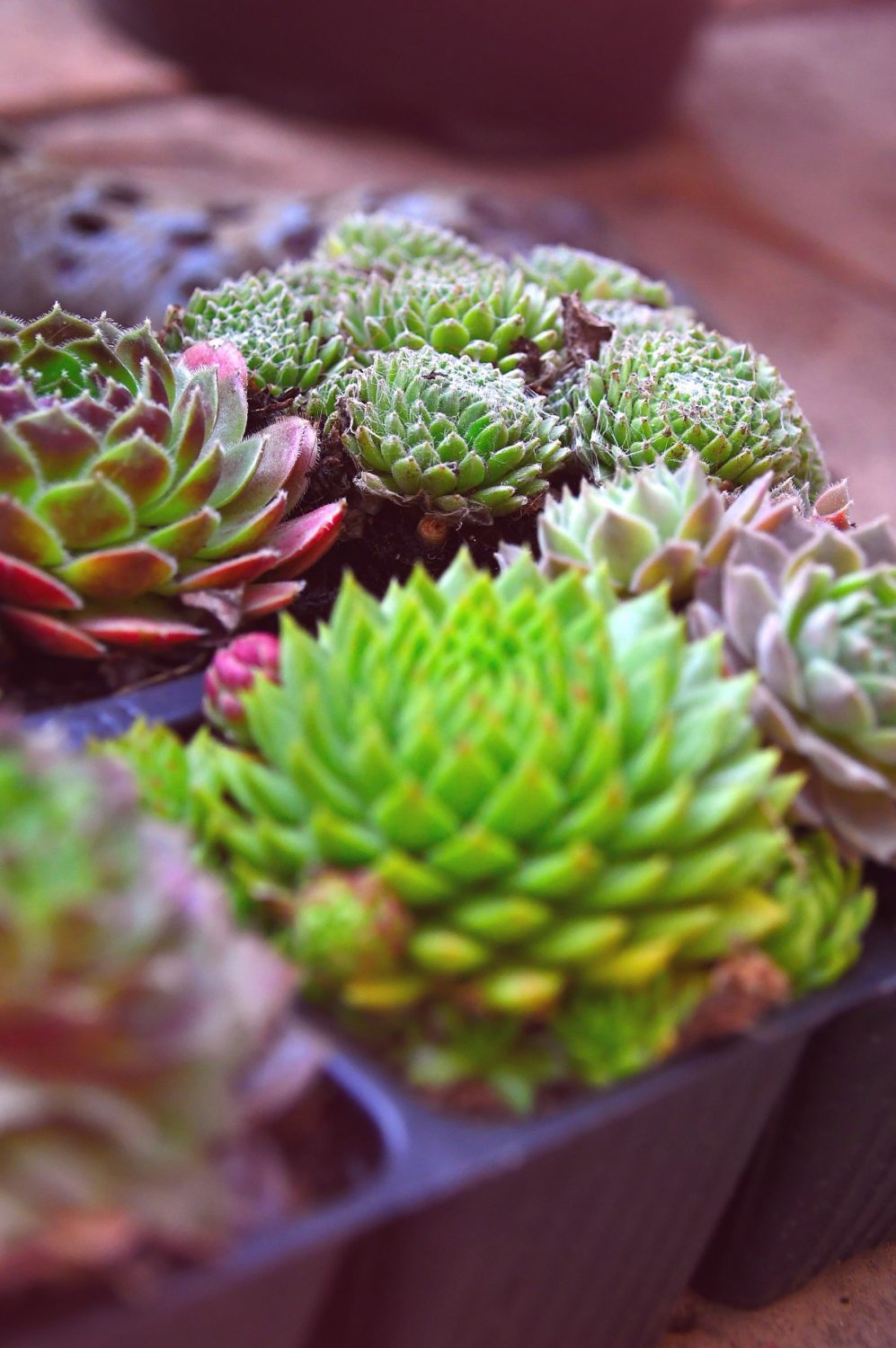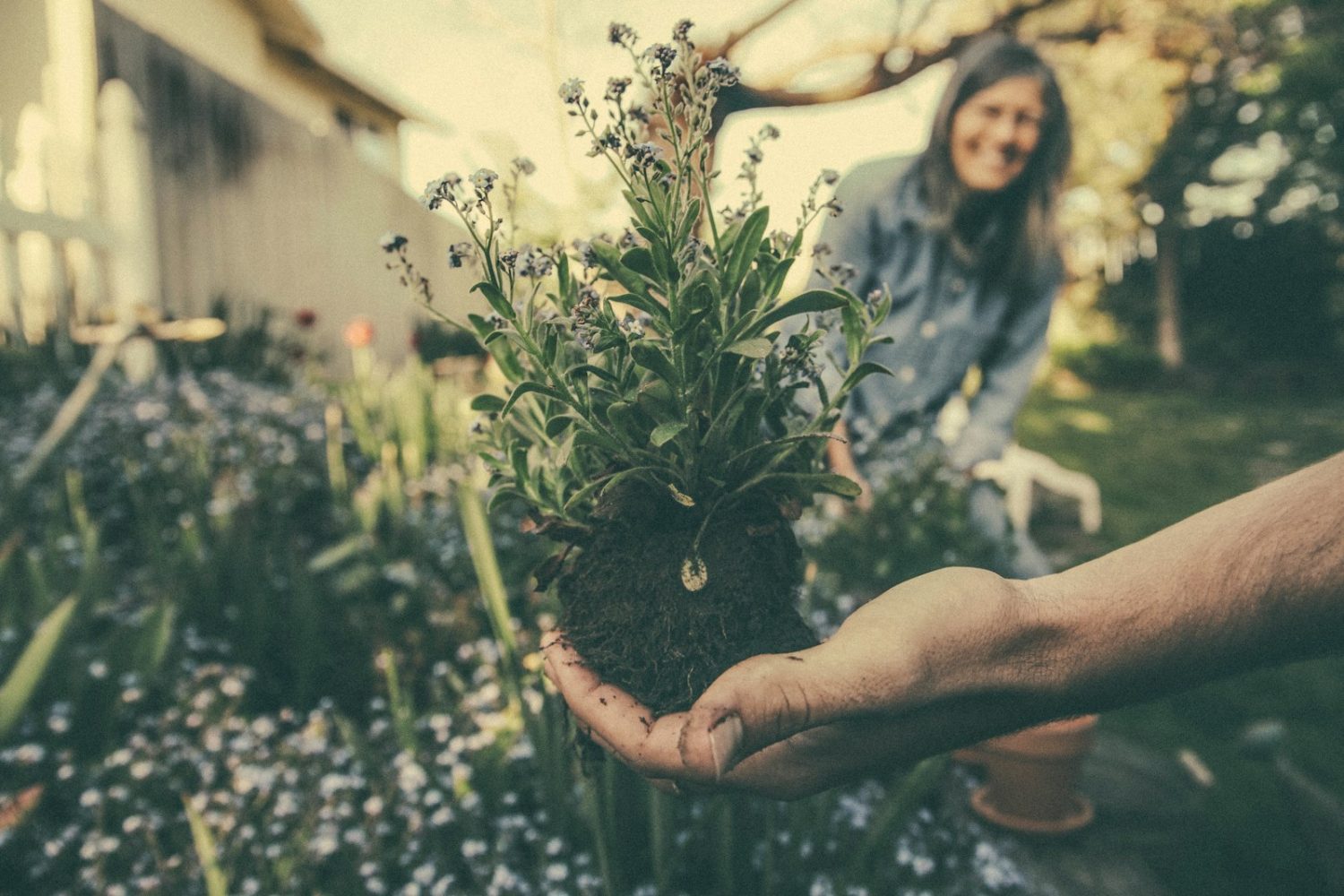
Gardening is more than planting seeds and watching them grow. It’s about creating a space that feels alive. A place where plants, soil, water, and wildlife work together. Native plants are the key to making this happen. They connect your garden to the land’s history and support life in ways exotic plants never can. When you choose native plants, you create a thriving, eco-friendly garden that takes care of itself and everything around it.
This guide will show you why native plants matter, how to choose the right ones, and how to grow them so they flourish in your own backyard.
Why Native Plants Matter
Native plants are species that have grown in a region for thousands of years. They’ve adapted to the local soil, rainfall, and wildlife. Because of this, they offer huge benefits to your garden and the world beyond it.
Support for Local Wildlife
Butterflies, bees, birds, and other wildlife evolved alongside native plants. These plants provide food, shelter, and nesting materials that non-native plants can’t always match. A native flower feeds the right pollinator at the right time. A native shrub offers berries just when migrating birds need energy.
Less Water, Less Work
Because they’re already suited to your climate, native plants often need less water and fewer fertilizers than exotic plants. They grow with what nature gives them. This makes them perfect for busy gardeners who want beauty without constant upkeep.
Healthier Soil and Ecosystem
Native plant roots reach deep into the ground. They hold soil in place, prevent erosion, and filter rainwater before it flows into streams and rivers. Over time, they help rebuild healthy soil and create a balanced ecosystem in your yard.
A Connection to Place
Planting natives ties your garden to your region’s natural history. It reflects the landscapes that existed before roads, cities, and lawns. This connection can feel deeply rewarding—like bringing a piece of your local wilderness home.
Choosing the Right Native Plants
Not all native plants are the same. Some thrive in shade, others need full sun. Some prefer sandy soil, others love clay. Picking the right plants for your conditions ensures success and less work later.
Study Your Region
Every region has its own set of native plants. Learn about your local ecosystems—prairies, woodlands, wetlands, or deserts. Local extension offices, native plant societies, and botanical gardens are great resources. They can help you find plant lists specific to your area.
Match Plants to Your Yard
Observe your garden space for a week. Notice where the sun hits. Watch how water drains after rain. Feel the soil—sandy, loamy, or heavy with clay. Choose native plants that naturally thrive under those conditions.
Plan for Seasons
Select plants that bloom or fruit at different times of the year. This creates a steady food supply for pollinators and keeps your garden beautiful from spring to fall. For winter interest, include evergreens or plants with striking seed heads.
Preparing Your Garden for Natives
Good preparation sets the stage for long-term success. Native plants are low maintenance once established, but they appreciate a good start.
Remove Invasive Plants
Many yards have invasive plants that compete with natives for space and nutrients. Before planting, remove aggressive species like English ivy, Japanese honeysuckle, or kudzu. This gives your new natives room to grow.
Improve the Soil Naturally
Native plants don’t need rich, heavily fertilized soil. In fact, too much fertilizer can harm them. Instead, add organic matter like compost or leaf mulch to improve soil structure and water retention.
Plan Natural Groupings
Instead of planting in rigid rows, group native plants as they would grow in the wild. Clumps of three or five plants create a natural look and help pollinators find food more easily.
Planting Native Species
Planting natives is simple but timing and method matter.
Best Time to Plant
The best time to plant native perennials, shrubs, and trees is in fall or early spring. This allows roots to establish before summer heat or winter freezes.
Planting Steps
- Dig the Right Hole
Make the hole twice as wide as the plant’s root ball but no deeper. Native plants prefer sitting at the same level they grew in the nursery. - Loosen Roots
If the roots are circling, gently tease them apart so they spread outward. - Backfill with Native Soil
Use the soil you removed from the hole. Avoid adding fertilizers or rich amendments. - Water Well
Give the plant a deep drink to settle the soil around the roots. - Mulch Lightly
Add a thin layer of mulch to hold moisture and reduce weeds, but keep it away from the plant’s base.
Caring for Native Plants
Native plants are known for being low-maintenance, but they still need attention during their first year.
Watering
Water deeply once a week during the first growing season. After they’re established, most natives survive on rainfall alone.
Mulching
Reapply mulch each spring to suppress weeds and hold moisture. Use natural materials like shredded leaves or bark.
Pruning and Clean-Up
Cut back dead stems in late winter or early spring. Leave seed heads through fall and winter for birds to enjoy.
Creating Habitat with Natives
Native gardens are more than plants—they are living habitats.
Add Layers
Combine groundcovers, shrubs, and trees to create layers. This mimics natural ecosystems and provides shelter for wildlife at every level.
Include Water Sources
A simple birdbath or shallow dish with stones helps pollinators and birds stay hydrated.
Provide Nesting Sites
Leave some leaf litter and fallen branches. These natural materials give insects and small animals places to live and hide.
Benefits Beyond Your Backyard
Growing native plants is a personal act with big ripple effects.
- More Pollinators: Butterflies, bees, and hummingbirds return to feed and thrive.
- Cleaner Water: Native plant roots filter stormwater before it enters rivers and lakes.
- Less Pollution: You’ll use fewer chemicals and less water, helping the environment.
- Community Impact: Your garden can inspire neighbors to plant natives too.
When enough people plant native species, entire neighborhoods transform into thriving ecosystems.
Common Mistakes to Avoid
Even with natives, there are pitfalls to watch out for.
- Planting Non-Local Natives: A plant can be native to the U.S. but not to your region. Always check its natural range.
- Overwatering: Once established, most natives don’t like soggy soil.
- Crowding Plants: Give each plant space to mature without choking its neighbors.
- Ignoring Invasive Weeds: Stay vigilant about removing weeds that sneak in.
A Garden That Gives Back
Native plant gardening is about partnership. You work with the land instead of against it. Over time, your yard becomes more than a garden. It becomes a refuge—for you, for wildlife, and for the generations that follow.
Where Beauty Meets Balance
When you plant native species, you join a movement that restores balance to the earth. Your garden becomes part of something larger—a living thread in the fabric of your region’s ecosystem. And the best part? You get to enjoy a space that’s beautiful, resilient, and full of life every single day.

